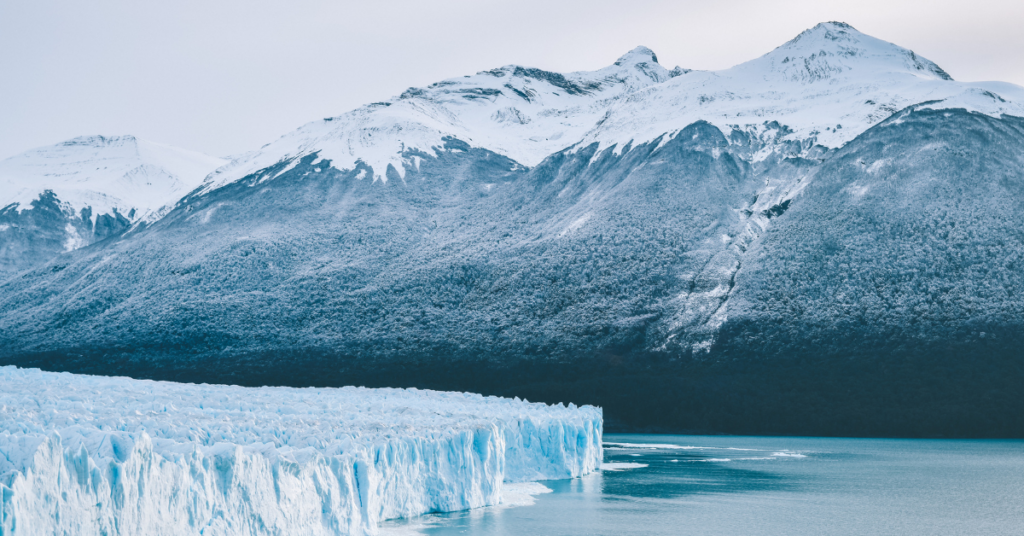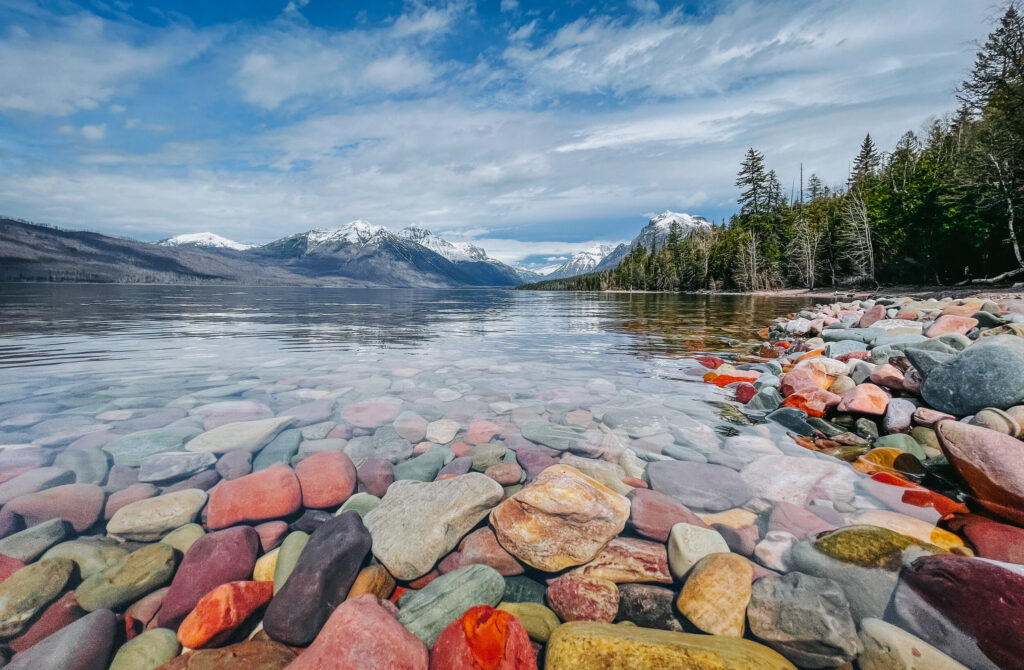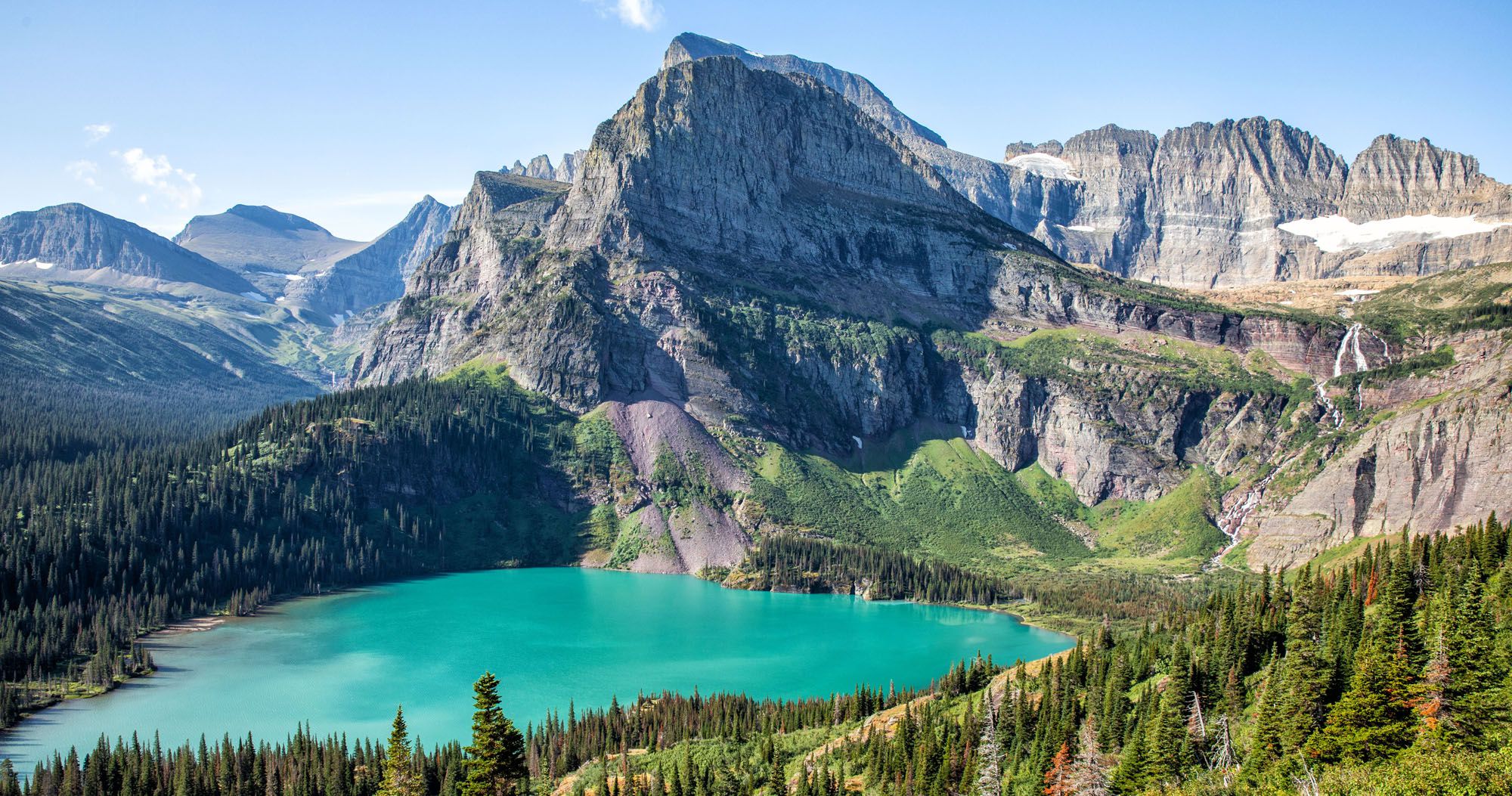Glacier National Park: Montana’s Crown of the Continent
Glacier National Park, known as the ‘Crown of the Continent’, is one of Montana’s most awe-inspiring natural wonders. Lying in the northwestern region of Montana, it spans from the United States’ border into Canada. The park, established in 1910, provides a pristine habitat for a diverse range of flora and fauna.
Overview of Glacier National Park
Glacier National Park is a land of breathtaking beauty. The park sprawls over an area of more than 1 million acres, encompassing deep forests, alpine meadows, and shimmering lakes. The park’s landscape was sculpted by prehistoric ice rivers, resulting in a series of mountain ranges and valleys.
Location
The park is nestled in the Flathead County & Glacier County of Montana, and shares its border with Canada. The nearest city to the park is Columbia Falls, Montana.
Establishment
Glacier National Park was officially established on May 11, 1910. Since then, it has been governed by the National Park Service.
UNESCO World Heritage Site
The park is a part of the Waterton-Glacier International Peace Park, a UNESCO World Heritage Site. The park’s preservation and biodiversity make it a natural wonder worthy of this global recognition.
Landscapes of Glacier National Park
The park boasts about 130 named lakes, two mountain ranges, and over 1,000 different species of plants. This diversity makes it a sanctuary for hundreds of species of animals.
Mountain Ranges
The park is home to six mountains above 10,000 feet, with Mount Cleveland standing as the tallest at 10,466 feet. The park’s mountains were formed 170 million years ago, when ancient rocks were pushed eastward over younger rock strata in a process known as the Lewis Overthrust.
Lakes and Ponds
Over 700 lakes dot the park, although only 131 have been named. These include Lake McDonald, the park’s deepest and longest lake, and numerous smaller lakes, known as tarns, nestled in the cirques formed by glacial erosion.
Glaciers
Despite its name, Glacier National Park is home to a diminishing number of glaciers. As of 2010, only 25 active glaciers remained, down from an estimated 150 in the mid-19th century. These dwindling numbers have been attributed to climate change, and scientists predict that all active glaciers may disappear by 2030 if current patterns persist.

Wildlife and Ecology in Glacier National Park
Glacier National Park is a haven for a wide variety of animals and plants. The park’s vast, undisturbed wilderness provides an ideal habitat for many species, some of which are threatened or endangered.
Flora
The park is home to more than 1,132 plant species, including 30 species unique to the park and surrounding national forests. From the dense coniferous forests to the alpine tundra, the park’s diverse ecosystems support a wide range of plant life.
Fauna
Glacier National Park provides a sanctuary for over 60 species of mammals, including grizzly bears, Canadian lynx, mountain goats, bighorn sheep, moose, elk, and mountain lions. Additionally, over 260 species of birds have been recorded in the park.
Recreation in Glacier National Park
Despite its remote location, Glacier National Park attracts a significant number of visitors each year. The park offers a range of recreational activities, from hiking and camping to wildlife spotting and photography.
Hiking
With nearly 700 miles of trails, hiking is one of the most popular activities in the park. The park has trails for all abilities, from easy walks to challenging multi-day hikes.
Camping
The park has several campgrounds that allow vehicle access, most of which are near one of the larger lakes. These campgrounds offer basic facilities and are typically open from mid-June until mid-September.
Wildlife Spotting
With its diverse range of wildlife, the Park is an ideal destination for wildlife spotting. Visitors might spot grizzly bears, mountain goats, moose, and a variety of bird species.
Photography
The park’s stunning landscapes make it a paradise for photographers. The Going-To-The-Sun Road offers particularly breathtaking vistas.

Protecting Glacier National Park
The park’s management policies focus on preserving its natural and cultural resources. This includes managing forest fires, monitoring air and water quality, and conserving the park’s biodiversity.
Fire Management
The Park has a fire management plan that focuses on suppressing human-caused fires and monitoring natural fires. The management of these fires is crucial for the health of the park’s ecosystems, as some species rely on fire to replenish the soil and create new habitats.
Air and Water Quality
The park is known for its excellent air and water quality. However, the park’s cold, sterile lakes are easily contaminated by airborne pollutants, so ongoing monitoring is essential.
Biodiversity Conservation
The park’s biodiversity is one of its most significant assets. Ongoing conservation efforts aim to protect the park’s diverse range of species and habitats.
Exploring Glacier National Park
From towering peaks and icy glaciers to lush forests and sparkling lakes, Glacier National Park offers innumerable opportunities for exploration and adventure. Whether you’re hiking its trails, camping under the stars, or simply soaking in the stunning views, this Montana treasure is sure to leave you in awe of nature’s beauty.
